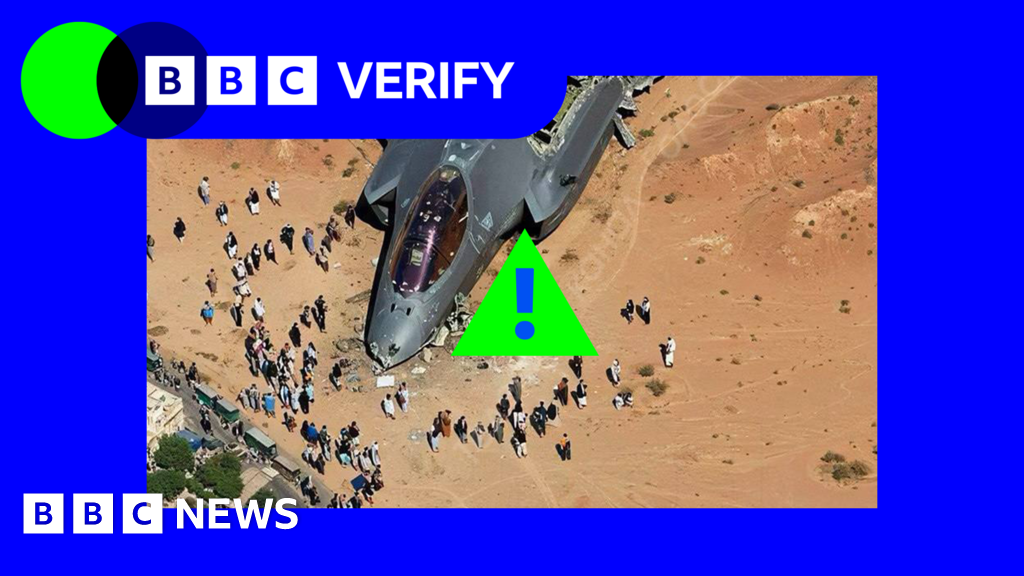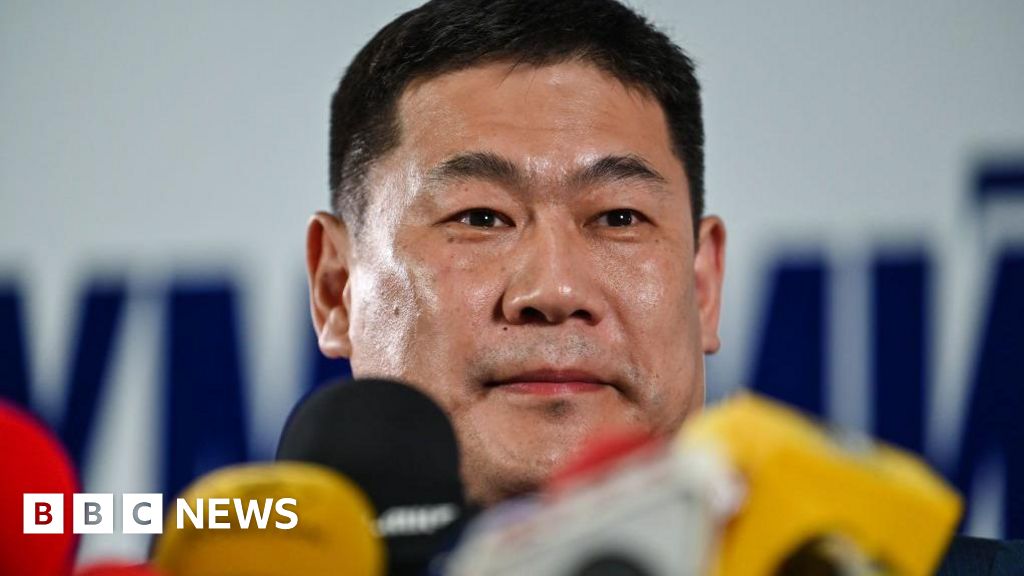ARTICLE AD BOX
When the Trump administration announced its plan to offer a buyout to federal workers, major labor unions rushed to a judge to try to stop it.
But U.S. District Judge George A. O’Toole Jr. blocked the unions near the start of the case, ruling that the unions perhaps had a keen interest in the fate of their members but weren’t actually injured on their own.
In other words, they lacked legal “standing” to sue. To have standing, a party must show they are sufficiently injured to bring a lawsuit.
President Trump already faces some 90 lawsuits challenging his aggressive agenda, and the first question each of those plaintiffs has to answer to the judge is why they should even be let in the courthouse door.
If a judge says there is no standing, then the judge does not have to rule on the actual issues at stake.
“If you win on standing, the case is over,” said Ernest Young, a law professor at Duke University. “It is a way to get a quick kill.”
Standing requires plaintiffs to show that they face an actual “injury,” that the person being sued is responsible for that injury and that the court has a viable remedy available.
“The key to establishing standing is showing that you are being or will likely be directly injured by the action that you are challenging,” said Curtis A. Bradley, a professor at the University of Chicago.
He said the reason the unions were found to lack standing in the buyout case is because the injury is too tenuous at this point.
The unions had argued they had to spend money to educate their members about the buyouts. But courts generally find that a party can’t spend itself into having standing.
“The unions also argued that they would lose members as a result of the buyout, but the court thought that this potential harm was too speculative,” Mr. Bradley said.
During the first Trump administration, a judge dismissed on standing a lawsuit against Mr. Trump brought by D.C.-area hotels, restaurants and bars, saying they were injured from the president operating the then-Trump International Hotel in competition with their businesses.
But rulings on standing haven’t benefited only Mr. Trump. And in recent years, the Supreme Court has erected new hurdles that make defining an injury all the more tricky.
Former President Joseph R. Biden got a win at the Supreme Court in 2023, when the justices reasoned that red states lacked standing in their lawsuit against the administration over its efforts to silence social media posts on the 2020 election and COVID-19.
In another ruling that year involving the abortion pill mifepristone, the justices ruled that a pro-life group lacked standing to challenge the Food and Drug Administration’s decision-making.
A year earlier, the high court tightened rules on states’ ability to sue the federal government in a challenge Texas brought against the Biden administration’s immigration policies.
Bradford Mank, a law professor at the University of Cincinnati, said even conservative justices at times disagree as to whether a party is injured and has standing.
“These cases get complicated,” Mr. Mank said. “Just because you think something is bad policy, doesn’t mean you can sue.”
For the most part, courts that have issued initial rulings on challenges to Mr. Trump’s executive actions have ruled that the plaintiffs have standing. Many are federal employees who have been directly affected by firings.
States and nongovernmental organizations that receive federal assistance or grant money have also been successful in claiming standing to challenge funding pauses.
Judges can often disagree over standing.
One case involving federal employees who challenged the Office of Personnel Management’s creation of a single email address that could reach every government worker. The judge said they couldn’t show a concrete injury, since their worries about hacking were speculative.
But in another case involving labor unions who challenged the Trump White House accessing personnel filed at OPM and the Department of Education, the judge ruled that the unions did have standing to sue on behalf of their members.
The Justice Department had said there was no disclosure outside the government, so there was no actual injury. But U.S. District Judge Deborah L. Boardman said the law limits even internal government sharing.
She said invasions of privacy are a sufficient injury to earn standing.
“The disclosure to unauthorized government employees suffices,” Judge Boardman wrote.

 3 months ago
123
3 months ago
123








 English (US) ·
English (US) ·